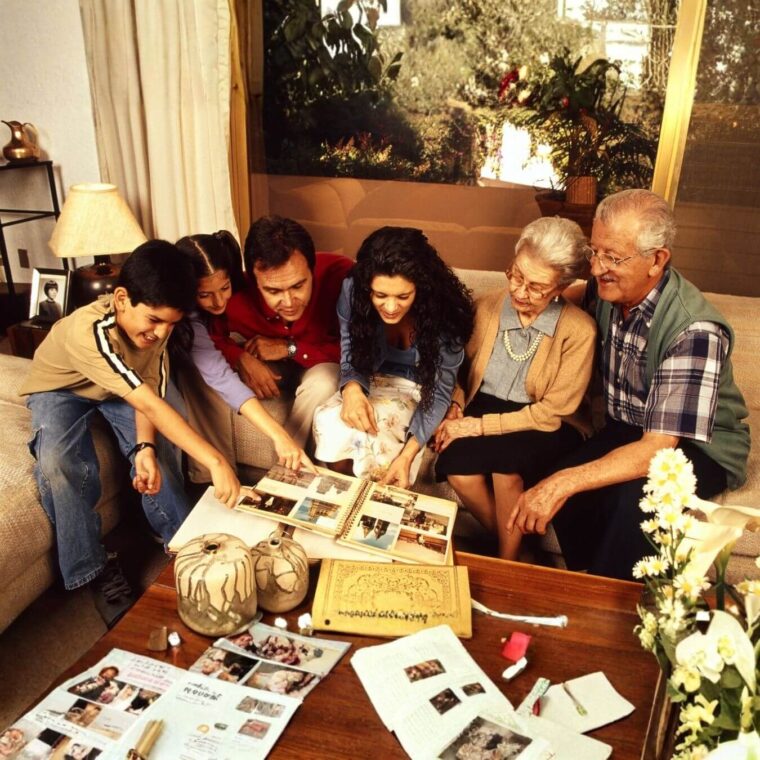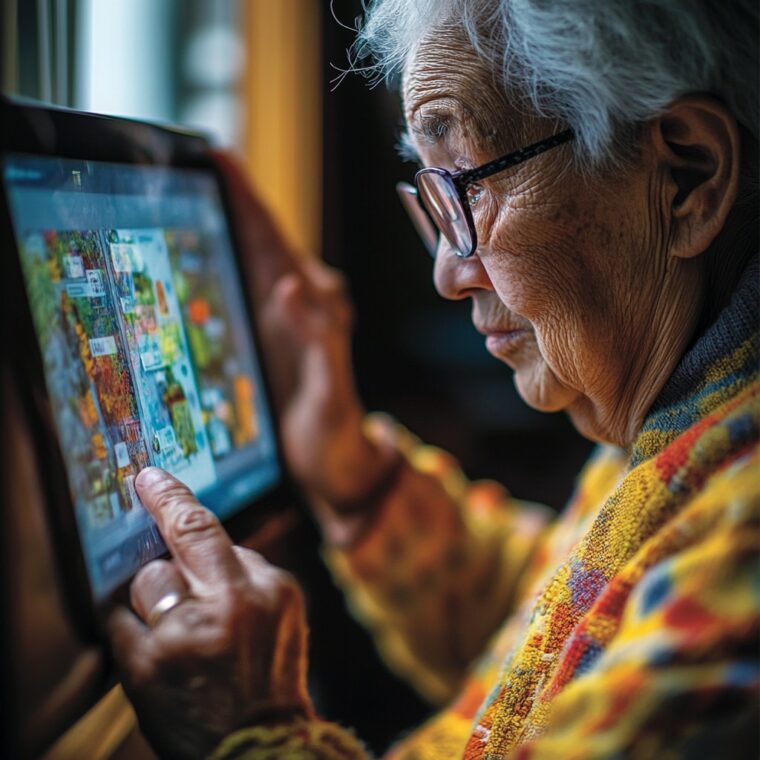
Words That Shape a Legacy: 4 Things Every Grandson Needs to Hear
April 1, 2025
Staying Connected Through Sunday Letters
April 9, 2025The ability to visit and interact with their grandchildren is a cherished right for many grandparents. However, the COVID-19 pandemic drastically altered the landscape of family interactions, creating unprecedented barriers to these visits. The fear of viral transmission, especially to vulnerable older adults, led to restrictions and precautions that limited physical contact between grandparents and their grandchildren.

While virtual interactions cannot fully replace the intimacy and warmth of in-person visits, they offer a valuable means of maintaining bonds and fostering emotional closeness. Grandparents can read bedtime stories, share family history, teach new skills, and simply enjoy quality time with their grandchildren through the power of technology. Additionally, families have explored alternative ways to connect, such as outdoor visits with social distancing, sending letters and care packages, and creating shared online projects.
The pandemic has underscored the importance of family connections and the resilience of human relationships in the face of adversity. While the challenges of maintaining grandparent-grandchild relationships during a global health crisis are undeniable, the creative solutions and unwavering love that have emerged offer hope and inspiration for the future.
In response to these challenges, families have had to embrace creative solutions to maintain connections and nurture relationships across generations. Virtual communication tools, such as video calls, online games, and social media platforms, have become essential lifelines for staying in touch and sharing experiences. Grandparents have learned to adapt to new technologies, finding innovative ways to bridge the physical distance and remain active participants in their grandchildren's lives.

Expanding on the Dale Carnegie Principle: Connecting with People Online
Talking in terms of the other person's interest.

One of the key lessons from Dale Carnegie's teachings emphasizes the importance of "talking in terms of the other person's interest." This principle goes beyond merely mentioning shared hobbies; it's about truly understanding and engaging with people on their level. In today's digital age, this means meeting them where they are active online.
While Facebook remains a popular platform, it's crucial to recognize that people have diverse online preferences. Some may prefer the visual appeal of Instagram, the creative inspiration of Pinterest, the professional networking of LinkedIn, or the real-time conversations on Twitter. By understanding and adapting to these preferences, you demonstrate a genuine interest in connecting with individuals on their terms.
This approach extends beyond social media platforms. Consider where your target audience spends their time online. Are they active in specific forums, online communities, or niche websites? By participating in these spaces and contributing valuable insights, you can establish yourself as a thought leader and build authentic relationships.
Remember, "talking in terms of the other person's interest" is not about manipulation or pretending to be someone you're not. It's about active listening, empathy, and genuine curiosity. By taking the time to understand what matters to others and engaging with them in a meaningful way, you can build strong and lasting connections, both online and offline.
This is where the creative part is most important, and each social media platform has its own unique set of best practices. It's unrealistic to expect to become an expert on every platform overnight. Instead, consider leveraging the knowledge of those who are already immersed in these digital spaces – your grandchildren.
Reaching out to them for guidance on how to navigate a particular platform not only provides you with valuable insights but also fosters a meaningful connection. Asking for help can be a magical way to bridge generational gaps and strengthen relationships. It shows that you value their expertise and are willing to learn from them. This collaborative approach can lead to a more enriching and enjoyable social media experience for everyone involved.
Thank you for being a Caring Grandparen.




